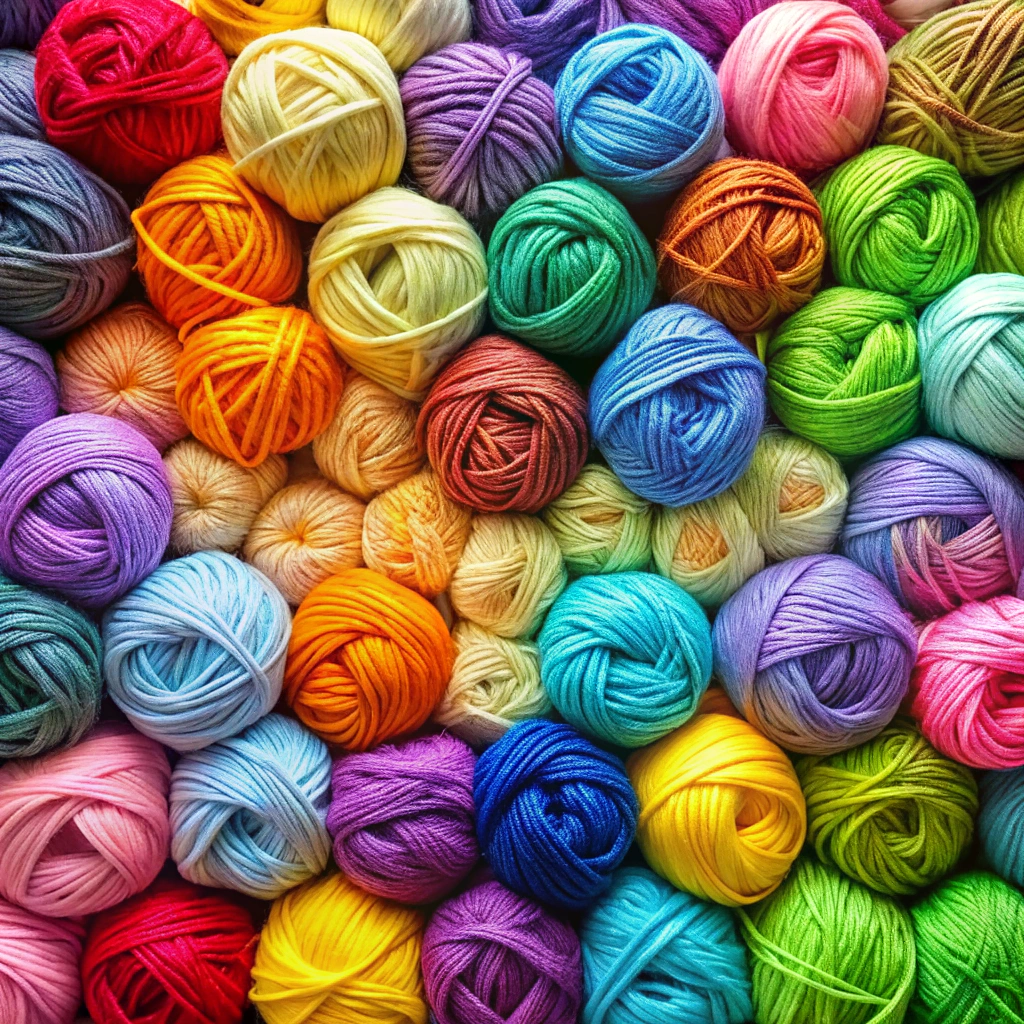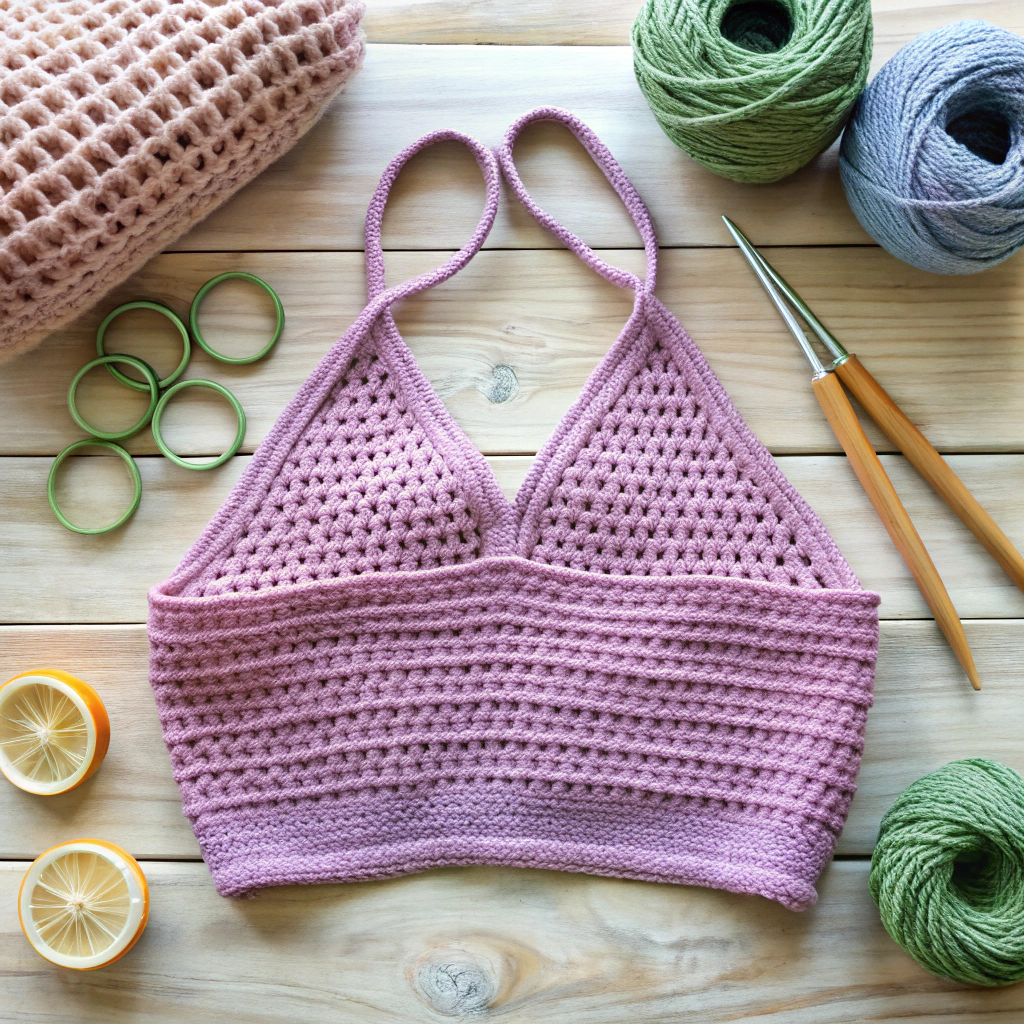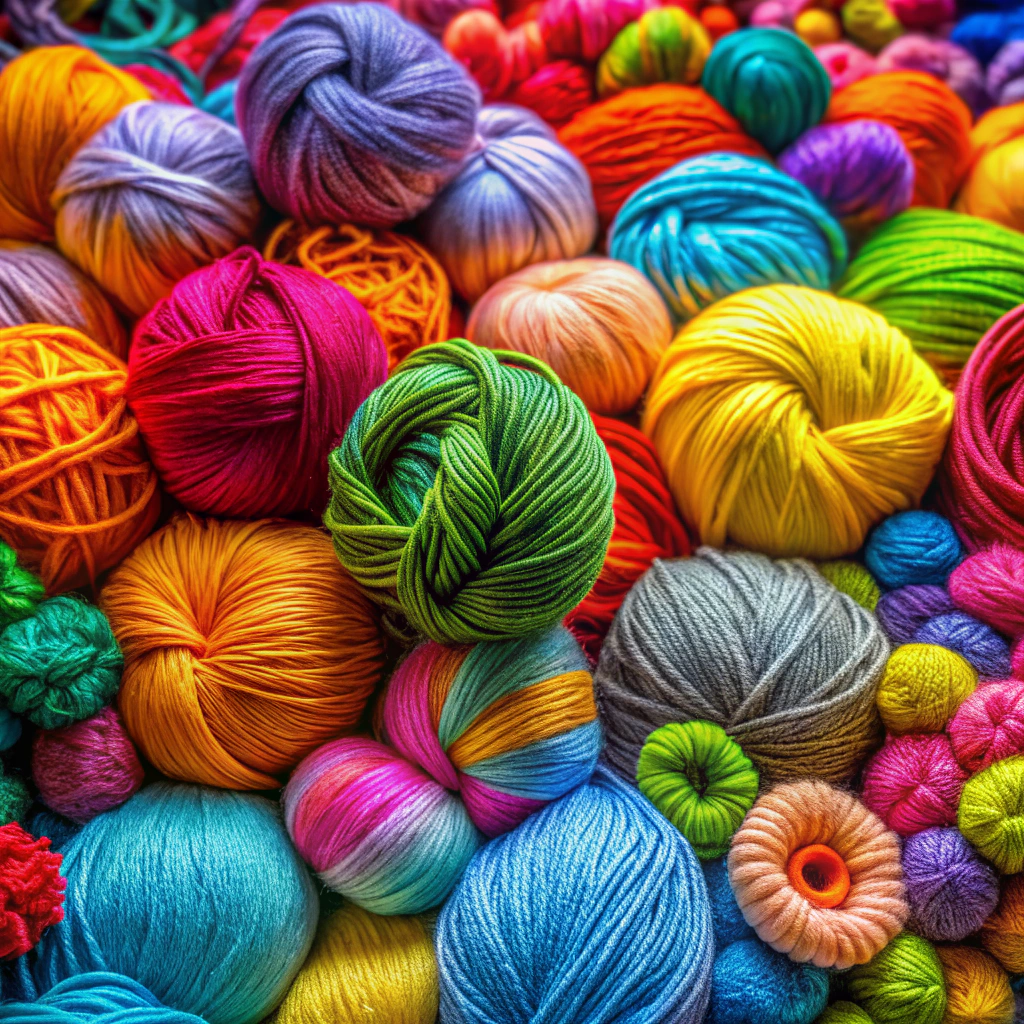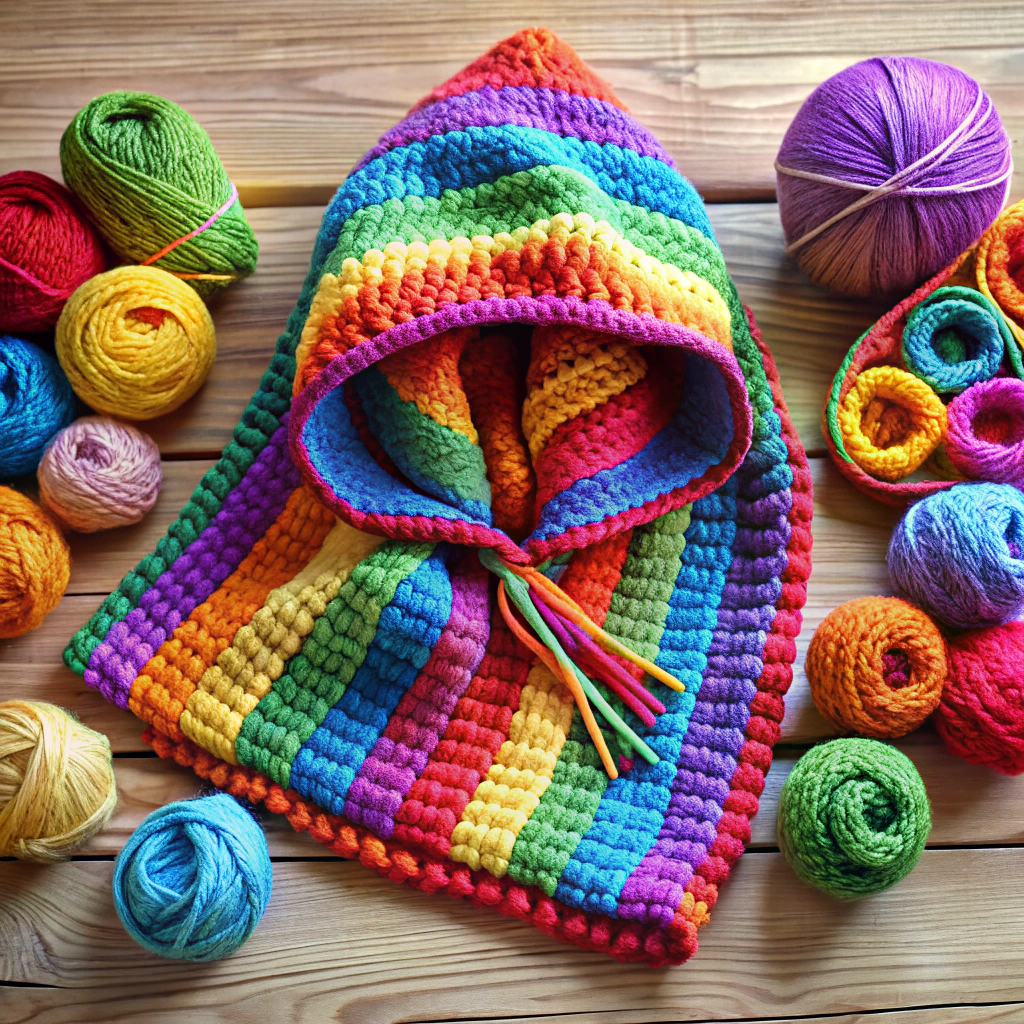Learn how to create crochet plants that bring everlasting green joy to your home, minus the watering woes.
Thinking of cultivating a lush indoor garden without worrying about watering, wilting, or bugs setting up camp? Dive into the vibrant world of crochet plants! Whether you’re a newbie with tangled yarn ambitions or a seasoned stitcher with a green (yarn) thumb, this guide has you unraveled. From choosing the perfect yarn—because not all fibers are created equal—to mastering the art of stitching realistic leaves and stems, you’ll find everything you need for your crocheted flora adventure right here. Wave goodbye to plant predators and hello to crochet creations that even Mother Nature might envy. Let’s get our crochet hooks into it, shall we?
Key takeaways:
- Crochet plants need no watering or maintenance.
- Use cotton or bamboo yarn for realistic textures.
- Floral wire adds stability to crocheted stems.
- Mix stitches and yarn colors for lifelike leaves.
- Display with vintage items for whimsical charm.
Selecting the Right Yarn for Plant Projects
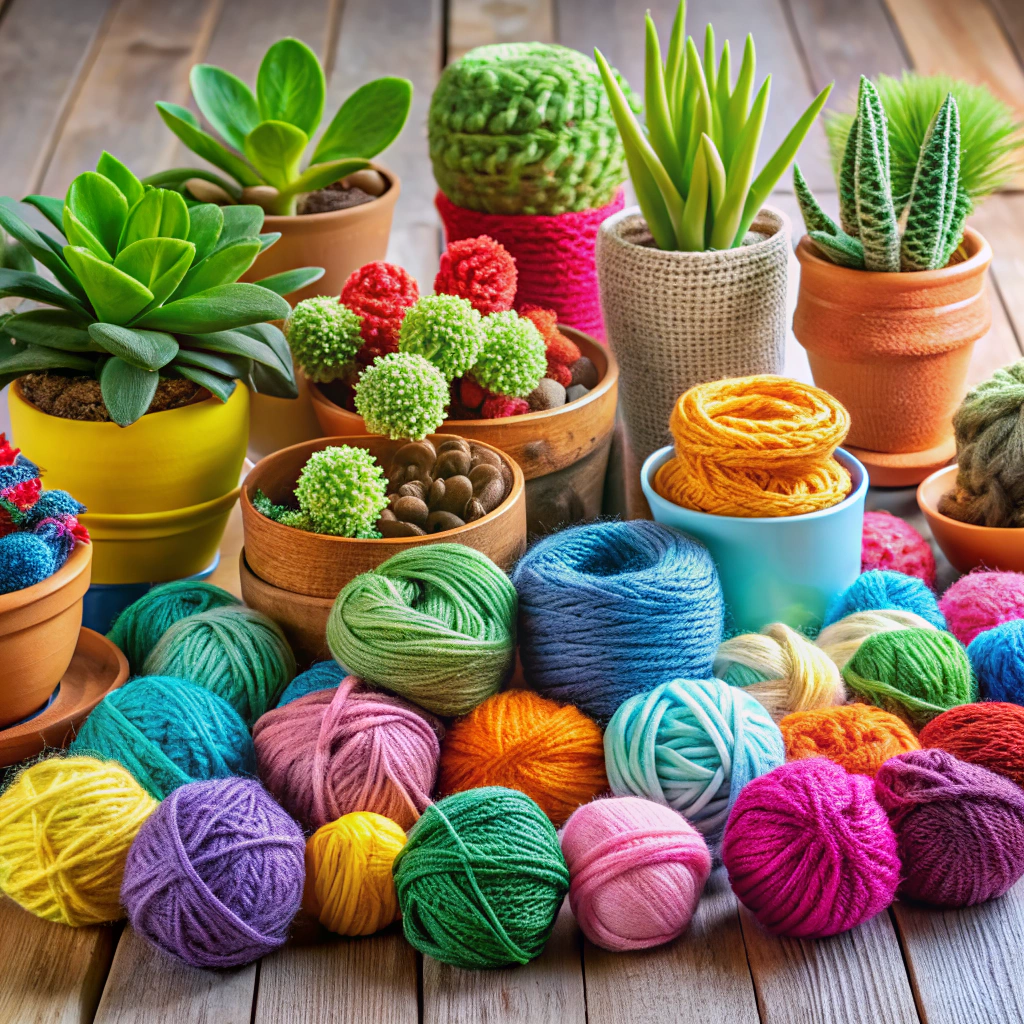
Opt for cotton yarn when crafting lush greenery; its durability and matte finish mimic natural plant textures splendidly.
For a dash of whimsy, acrylic offers vibrant colors perfect for more exotic flora, but beware of its slippery demeanor—it’s like a plant on roller skates.
Go for bamboo or wool if you’re feeling fancy; they add a touch of elegance with their smooth texture and sheen. These yarns can make your crocheted plant as posh as a botanic diva.
Experiment with variegated yarns to create realistic color shifts in leaves without changing skeins, but don’t let the yarn boss you around—swatch it first to make sure it plays nice.
Consider yarn weight—use lighter yarns for delicate bonsai leaves, heftier ones for succulent sturdiness. Too heavy, and your cactus might just look like it’s gained holiday weight.
Essential Crochet Tools
When diving into plant projects, equip yourself with the essentials. Imagine crocheting without a hook—like gardening without a trowel. It’s just a snarl of yarn hoping for the best.
First up, crochet hooks. A range of sizes ensures your leaves aren’t mistaken for tectonic plates or shriveled raisins. Medium sizes (G-6 to H-8) are a safe bet for most plant endeavors. Next, a good pair of scissors is non-negotiable. They need to be sharper than a debate about whether pineapple belongs on pizza.
Stitch markers will be your best companions, helping you trace your pattern like breadcrumbs in an intricate forest. Lastly, a yarn needle for sewing those leafy appendages together—think of them as plant veins that make everything whole. It’s your botanical toolkit minus the dirt!
Basic Stitches for Crocheting Plants
When it comes to crocheting plants, you’ll want to have a few key stitches up your sleeve. Think of it like building a toolkit for some seriously botanical adventures.
Chain Stitch – This one’s your starting point, like planting seeds before the magic unfolds. Keep them loose to create a natural flow.
Single Crochet – The sturdy oak of stitches, providing structure and durability. Ideal for stems and leaves.
Half Double Crochet – Slightly taller than its single counterpart, it’s perfect for adding a bit of cushion, just like a cozy moss blanket.
Slip Stitch – Your trusty sidekick for joining and finishing, ensuring everything looks as seamless as Mother Nature intended.
Double Crochet – For when you’re feeling fancy; it adds height and openness, like the proud arch of a fern frond.
With these stitches, you’ll be ready to cultivate a veritable crochet garden, sans the messy dirt and tricky watering schedule. Prepare to become the green thumb of yarn!
Creating Realistic Leaves and Stems
Let’s leaf through some tips on crocheting those leafy wonders.
First, consider yarn with a hint of sheen to mimic the natural glow of a healthy plant leaf. Cotton and bamboo yarns are great choices for their texture and luster.
Secondly, vary your stitches. Use tight, short stitches for robust leaf edges and longer, looser ones for the body to give it that lifelike vibe. Everyone loves a wavy edge on their leaves!
Mix and match shades of green for an authentic look. Nature seldom sticks to one shade, so neither should you! Dapple in some variegated yarn for a splash of realism.
For stems, a simple but sturdy stitch like the single crochet works wonders. Consider crocheting around a piece of floristry wire for the stems to achieve a realistic firmness and flexibility.
Lastly, don’t forget to crochet some veins. A few strategic slip stitches can transform your yarn masterpiece into a botanist’s dream.
Patterns for Popular Indoor Plants
Sure, succulents and spider plants are trending, but why not add a touch of whimsy to your “indoor jungle”? Channel your inner botanist with crochet versions of these beloved houseplants. Each pattern is like unlocking a mini garden of crochet flavors.
For succulents, think simple stitches but varying shades. Those plump little leaves can be made with basic single crochets stitched in a circle, resembling nature’s beautiful chaos.
Spider plants? Embrace fringe! Use chains and picots for that lush, trailing effect. It’s like having a green, leafy waterfall without the need for watering.
For a potted cactus, bobble stitches make for excellent “spines”—and you don’t even have to keep aloe vera handy for accidental pricks!
African violets add a dash of color. Use clusters for little blossoms popping out from dark green leaves. Now, your windowsill need never face a gray day again.
Adding Detail With Embellishments
Transform your crochet plant from simple to spectacular by spicing it up with fun embellishments. This is where creativity hits overdrive, and even the most skeptical of succulents might blush with jealousy.
Add bright beads to mimic dewdrops or glistening berries; you’ll have a plant that looks like it just stepped out of an enchanted forest. Experiment with colored embroidery floss to create veins on leaves or add texture to petals. It’s like tattoos for your crochet!
Incorporate tiny buttons for quirky details on flower centers. Just be sure not to use grandma’s heirlooms—or she’ll have you on a doily-making spree for months.
Finally, a touch of fabric paint can highlight edges and bring a splash of reality to your yarn-crafted greenery, making it pop more than a champagne cork at midnight.
Using Wire for Structure and Stability
Ever seen a floppy cactus? Not unless it’s the comedic relief in a cartoon! Wire adds backbone, helping your crocheted flora stand tall and proud.
Start by choosing floral wire, which is both strong and malleable. Thick enough to support a yarn bloom but bendy like a yoga instructor. Insert into stems before crocheting closes them up, ensuring they’re camouflaged yet effective.
When crafting twisty vines, intertwining a wire within your chain stitch can give those tendrils the perfect curly-q flair. For larger leaves or petals, shaping the wire and pocketing it along the edge adds that ‘plucked-from-nature’ feel.
A gentle reminder—working with wire deals a mischievous spirit; it may poke and prod back. Handle with care to keep fingers intact and projects pain-free!
Tips for Shaping and Texture
Channel your inner crochet Picasso for shaping and texture. Go wild with chunky yarn or stick with delicate threads for different feels. Play with tension like a master puppeteer; tight stitches, starched and stern, give structure, while looser stitches create a softer flow. Want the leaf to look lifelike? Alternate between single crochet and half-double crochet within its belly.
Experiment with popcorn stitches or bobbles to mimic the bumpy intrigue of succulents. Mix it up with varied hook sizes; tiny hooks work wonder for precision, large hooks for a laissez-faire leafy vibe. Twist, curl, and play! Let each leaf and petal have its own delightful personality. Your crocheted jungle is anything but ordinary.
Ideas for Displaying Your Crochet Plants
Display knitted greenery with flair, adding whimsy and charm to any space. Nestle them amid real plants for a quirky surprise. Their lack of watering need won’t give them away! Hang them using rustic twine or colorful yarn from curtain rods or shelves for a vertical flair. Tuck smaller pieces into teacups or vintage tins for an upcycled treasure.
Transform them into funky garlands; string them across mantels or picture frames for instant boho vibes. Pop them atop books on coffee tables for a touch of textural appeal. Mix and match plant types and sizes in macramé hangers for a delightful mix of texture and craft. These versatile decor elements ensure your home feels vibrant, playfully showcasing your crafting prowess!
